1. Understanding the Importance of Chew Toys for Dogs
Chew toys play a vital role in a dog’s life, serving not just as a source of entertainment but also as tools for behavioral development and health maintenance. Selecting the best chew toys for dogs ensures that your furry friend remains happy and content. However, to appreciate their full value, it’s important to understand the various benefits and types of chew toys available.
a. Benefits of Chewing for Dogs
Chewing is a natural behavior for dogs, essential for their physical and mental stimulation. Engaging in this activity helps alleviate boredom, reduces anxiety, and promotes overall happiness. Moreover, chewing has numerous physical benefits that support a dog’s well-being.
- Stress Relief: Chewing can act as a calming mechanism. When dogs chew, they release endorphins, which can improve their mood and reduce stress levels.
- Behavioral Benefits: Regular chewing can curb destructive behaviors. Dogs that chew on appropriate toys are less likely to gnaw on furniture or shoes.
- Mental Engagement: Providing a variety of chew toys keeps dogs mentally stimulated. Toys that require problem-solving skills reinforce cognitive development.
b. How Chew Toys Promote Dental Health
Dental health is critical for a dog’s overall health. Chew toys contribute to maintaining oral hygiene by preventing plaque and tartar buildup. As dogs gnaw on chew toys, the friction between the toy and their teeth naturally cleanses their mouths.
- Cleaning Action: Hard and textured chew toys can scrape away debris from teeth effectively, promoting healthier gums and reducing the risk of dental disease.
- Massage for Gums: Chewing stimulates gums, improving blood circulation and thus supporting healthier gum tissue.
- Freshening Breath: Chewing can help minimize bad breath, as it helps keep teeth clear from food particles that could otherwise decay.
c. Different Types of Chew Toys Explained
There are many different types of chew toys designed to cater to various dog sizes, chewing styles, and preferences. Understanding these can help you choose the right type for your pet.
- Rubber Chew Toys: Durable and flexible, these toys are perfect for aggressive chewers. Often available in various shapes, they can provide hours of engagement.
- Edible Chew Toys: These can be consumed, offering a dual-function of chewing satisfaction and nutritional value. They’re often made from natural ingredients.
- Rope Toys: Great for tug-of-war, these toys also strengthen teeth and gums. The fibers can assist in dental cleaning when chewed on.
- Soft Plush Toys: While generally not recommended for aggressive chewers, these toys cater to dogs who enjoy comfort and play but require supervision to prevent ingestion of stuffing.
- Interactive Chew Toys: Designed to hold treats or engage dogs in a challenging way, these toys stimulate mental fitness while keeping them occupied.
2. Features to Look for in the Best Chew Toys for Dogs
When selecting the best chew toys for dogs, consider various features that ensure safety, durability, and engagement. Understanding these elements can help you make an informed decision.
a. Durability and Material Safety
One of the most important factors in choosing a chew toy is its durability. Chew toys should withstand vigorous chewing without breaking apart into hazardous pieces.
- Material Analysis: Look for toys made from non-toxic materials like natural rubber, nylon, or non-phthalate plastics. These materials provide durability while being safe for your dog.
- Testing Standards: Consider toys that meet safety standards set by organizations such as ASTM International or similar bodies to ensure they don’t contain harmful materials.
b. Size and Shape Considerations
Choosing the appropriate size and shape of a chew toy is critical to ensure your dog’s safety and enjoyment. A toy that is too small can pose a choking hazard, while one that is too large may not be as easily handled.
- Size Compatibility: Match the toy size to your dog’s breed, weight, and chewing strength. Larger breeds typically require larger toys to accommodate their powerful jaws.
- Shape Variability: Certain shapes are better suited for specific types of chewing. For example, hollow toys may be more engaging for dogs that love to lick and chew.
c. Interactive Elements for Engagement
Interactive chew toys offer more than just chewing satisfaction; they keep dogs mentally stimulated and physically active. Incorporating features that require dogs to think can exponentially increase their enjoyment.
- Treat-Dispensing Toys: Toys that reward dogs with treats encourage them to engage and interact longer. This can keep them entertained and reduce anxiety.
- Noise-making Features: Toys that squeak, rattle, or crinkle can capture a dog’s attention, making playtime more enjoyable and lively.
- Challenge Elements: Puzzle toys with varying levels of difficulty can be great for mental stimulation, ensuring your dog remains engaged and challenged.
3. Top Recommendations for Best Chew Toys for Dogs
Choosing the right chew toy often comes down to personal preference, specific needs, and budgeting. Here’s an overview of some top recommendations based on popularity, durability, and overall effectiveness.
a. Reviews of Popular Brands
In evaluating the best chew toys, several popular brands consistently stand out due to quality and consumer satisfaction.
- KONG: Known for its durable rubber construction and versatility, KONG toys can be filled with treats, making them ideal for interactive play.
- Benebone: Made from real ingredients, these chew toys appeal to dogs’ natural instincts while being highly durable and safe.
- Nylabone: This brand offers a variety of chew toys focused on dental health and durability, making them a favorite among dog owners.
b. Comparing Toughness and Safety Ratings
When considering chew toys, it’s crucial to look at the toughness and safety ratings provided by manufacturers and user reviews. Various products indicate their level of durability and intended chewing strength.
- Manufacturing Standards: Many brands use a rating system for the toughness of their toys, which can help inform your decisions. Look for indications such as “for aggressive chewers” or ratings that categorize them into soft, medium, and heavy-duty categories.
- User Reviews: Reading feedback from other pet owners can give insights into how well a toy holds up over time and its safety during use.
c. Personalization Options for Chew Toys
Personalizing chew toys can add a unique touch and sometimes even enhance their appeal to your dog. Custom options range from engraved names to personalized colors and shapes.
- Names and Initials: Many brands offer engraving options, allowing you to stamp your dog’s name on their favorite chew toy for a personal touch.
- Custom Shapes: Some manufacturers will create toys tailored to specific breeds or preferences, ensuring they meet your pet’s needs perfectly.
4. How to Introduce Your Dog to New Chew Toys
Introducing a new chew toy to your dog should be a careful, thoughtful process to maximize their engagement and acceptance.
a. Tips for Initial Introduction
How you introduce a new chew toy can significantly impact your dog’s interest. Here are effective strategies to make the introduction a success.
- Supervised Exploration: Allow your dog to investigate the toy without pressure. Let them sniff and examine it at their own pace.
- Distracting Fun: Use their existing favorite toys to draw their attention and encourage comparison to the new toy, which can spark their curiosity.
b. Encouraging Positive Chewing Behavior
Positive reinforcement is an essential strategy in shaping your dog’s behaviors towards their toys.
- Encouragement: Praise and reward your dog when they interact with the toy appropriately. This positive association helps bond them closer to the new item.
- Playtime Integration: Incorporate the toy into scheduled play sessions to create an association with fun and enjoyment.
c. Transitioning from Old Toys to New Ones
Transitioning from old chews to new ones should be a smooth process to avoid confusion and frustration.
- Gradual Introduction: Start with a few minutes of play with the new toy alongside old favorites, gradually increasing direct interaction time with the new toy over days.
- Rotating Toys: Maintaining a rotation of toys keeps the novelty factor high and ensures your dog remains interested in the new chew.
5. Troubleshooting Common Chewing Problems
Even with the best intentions, dogs might develop problems or challenges related to chewing. Understanding how to troubleshoot these issues can lead to a happy resolution.
a. What to Do if Your Dog Isn’t Interested
If your dog shows little interest in a new chew toy, it’s essential to identify potential reasons and strategies to overcome this.
- Assessing Appeal: Ensure the toy appeals to their senses. If a chew toy is too hard, lacks a scent, or doesn’t interest them visually, consider replacing it with a more appealing option.
- Introducing Scent: Try rubbing the toy with a favorite food or treat scent to pique their curiosity and enhance engagement.
b. Addressing Destructive Chewing Habits
Destructive chewing can pose a challenge for dog owners, indicating a behavioral issue or lack of proper chew options.
- Identifying Triggers: Take note of when and why your dog engages in destructive chewing. Boredom, anxiety, and too much energy are common factors.
- Diverse Options: Provide a range of chew toys catering to different chewing styles and preferences to redirect destructive habits positively.
c. When to Consult a Professional
If your dog exhibits persistent chewing issues, seeking professional advice may be beneficial for developing a tailored approach.
- Veterinary Guidance: A vet can rule out dental problems or underlying medical conditions that may drive excessive chewing behavior.
- Professional Training: Engaging a dog trainer or behaviorist may provide the necessary resources and strategies for a healthier chewing approach.
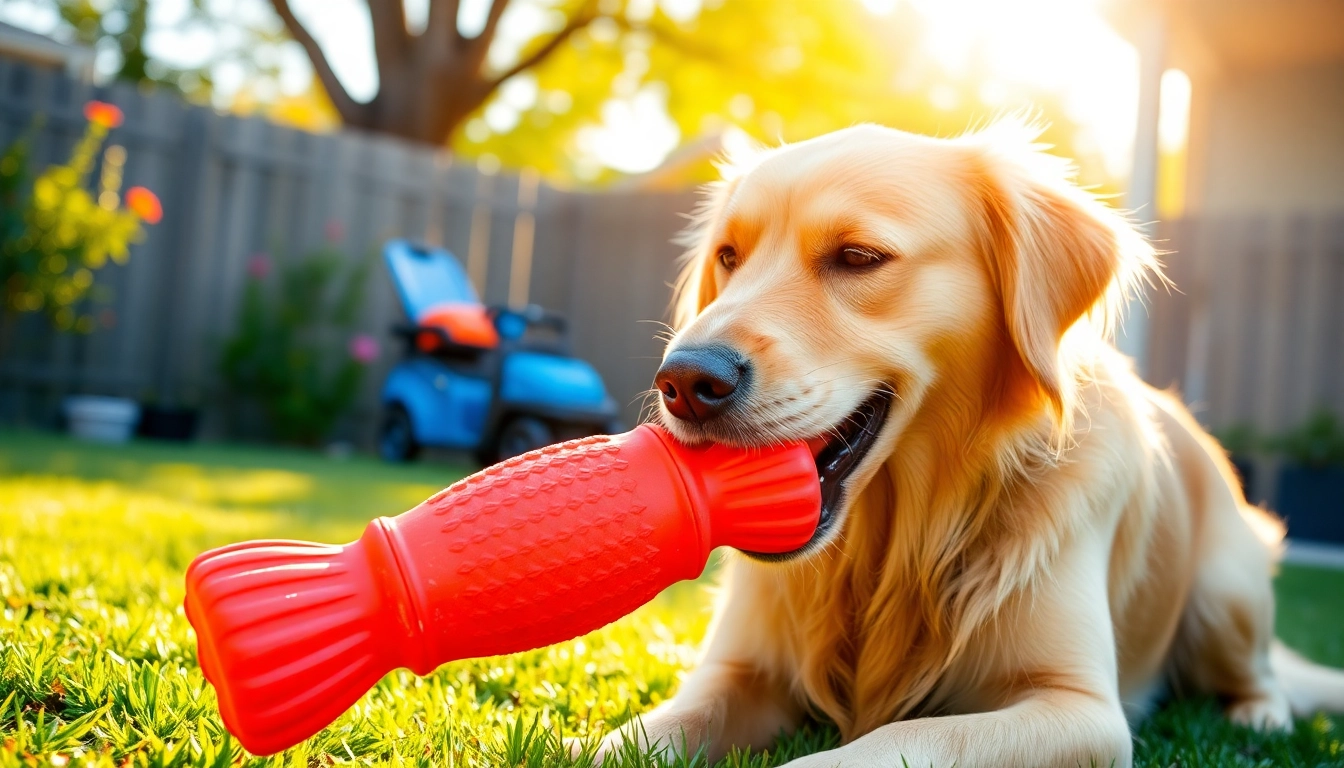
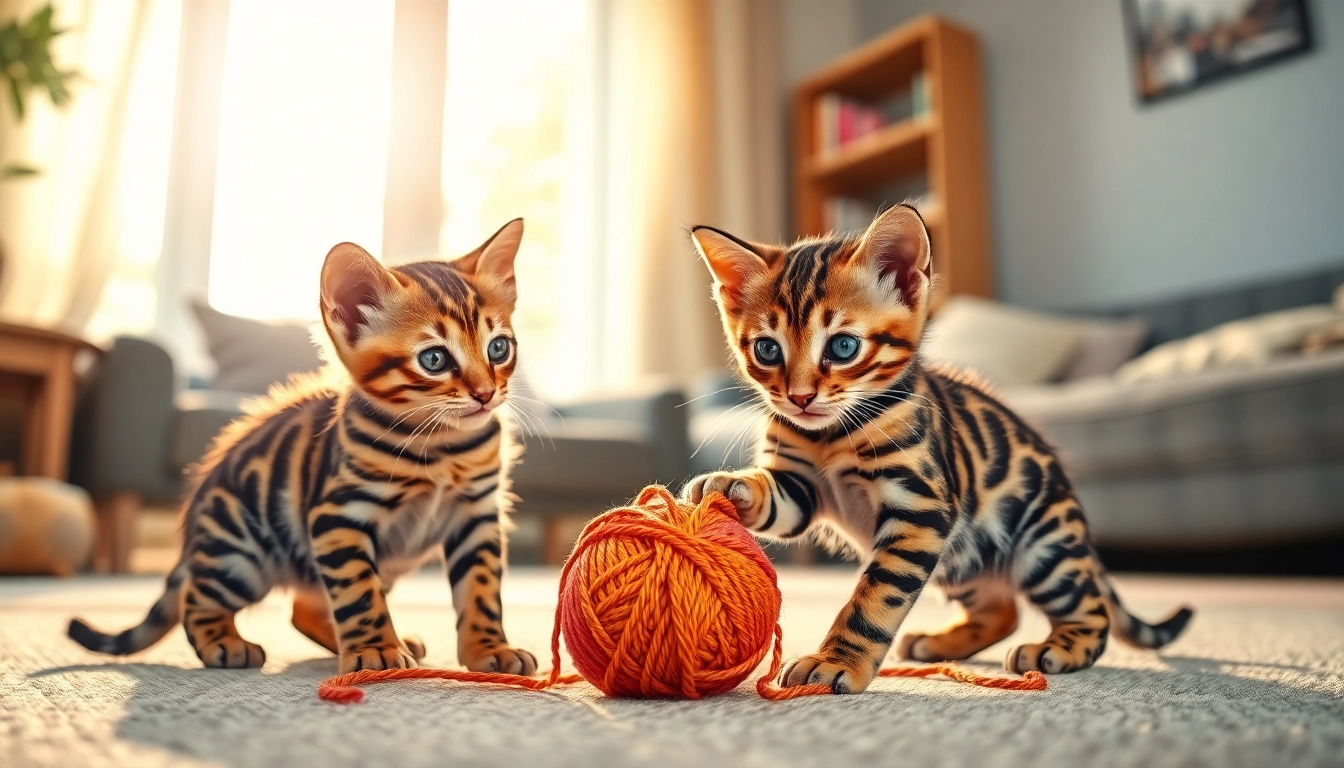
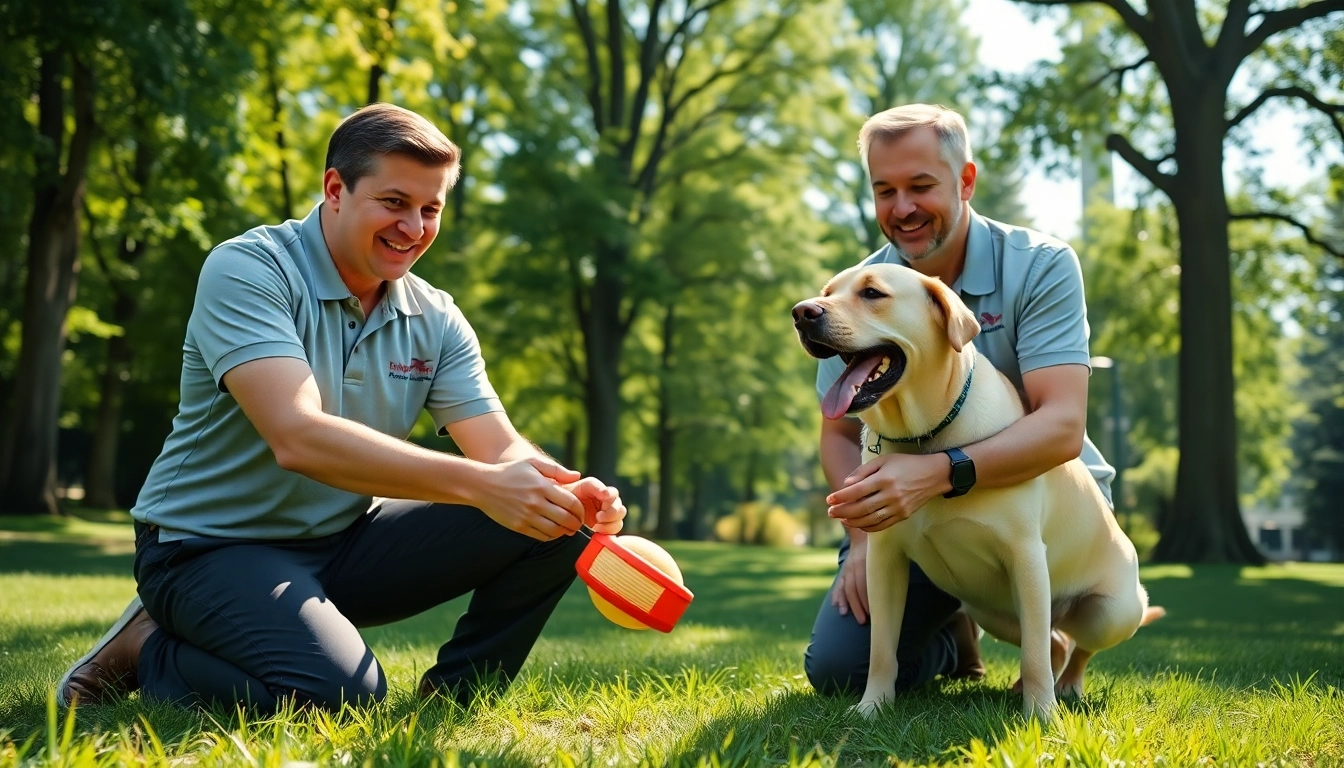
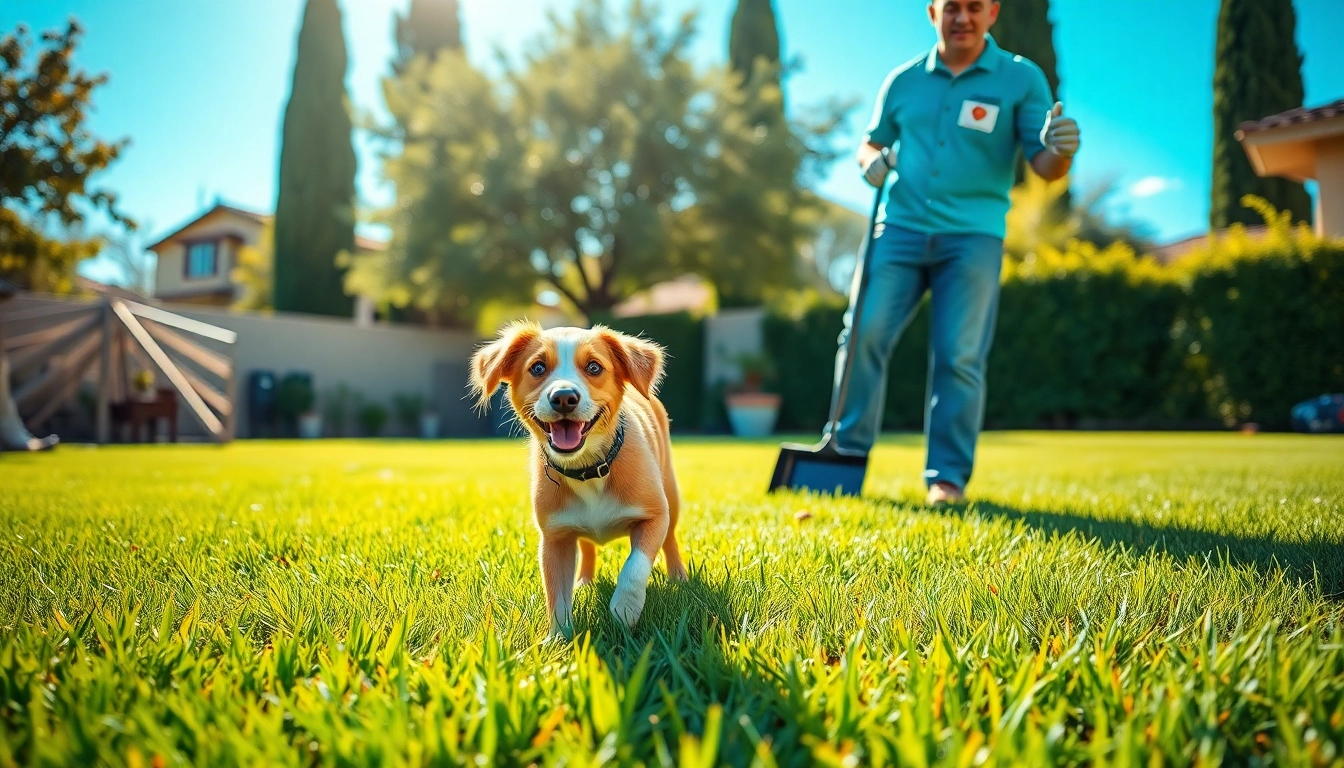

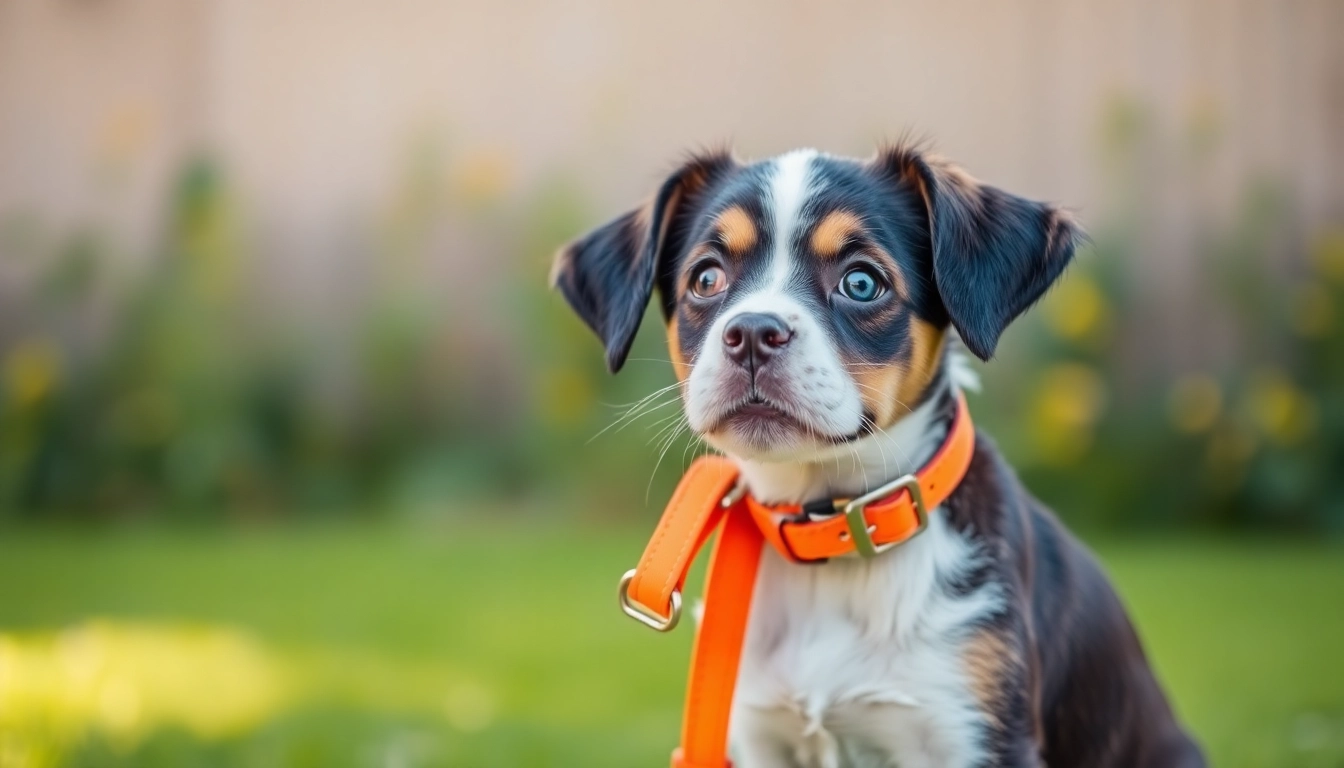
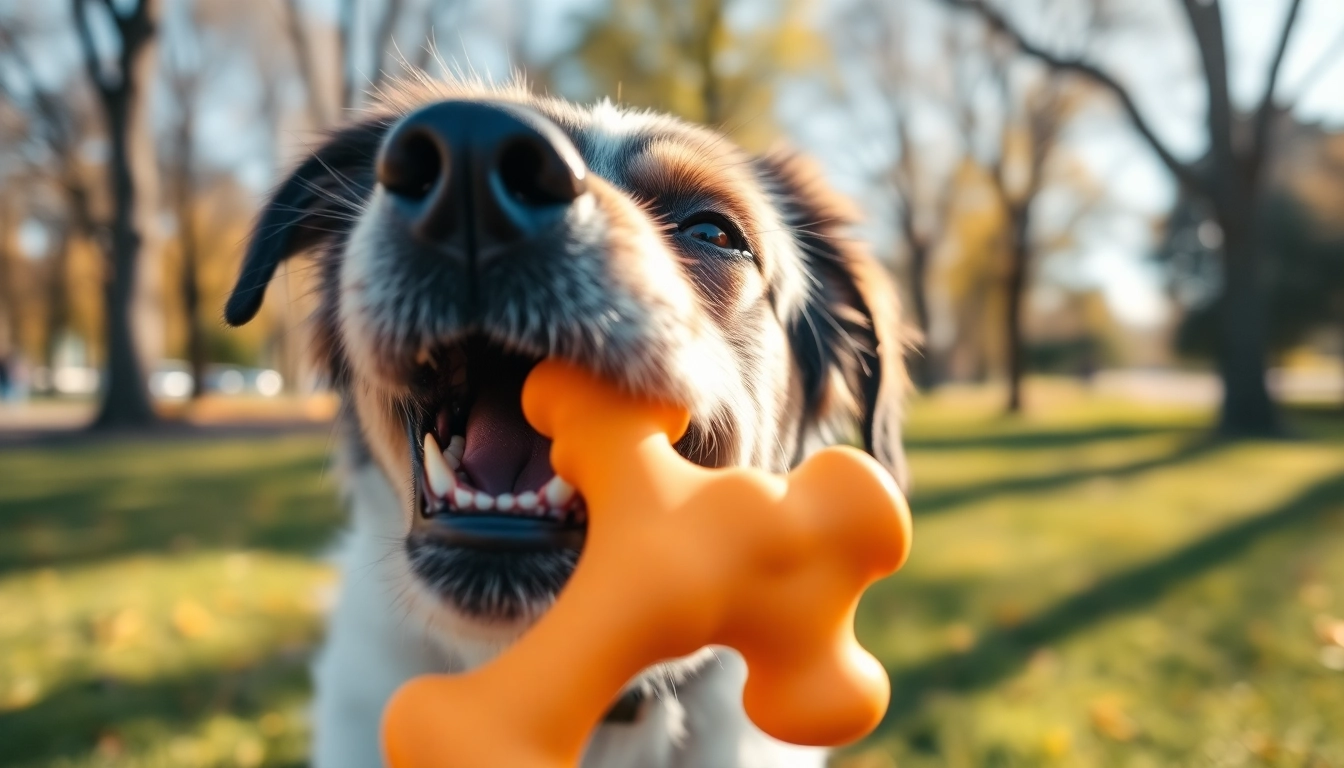

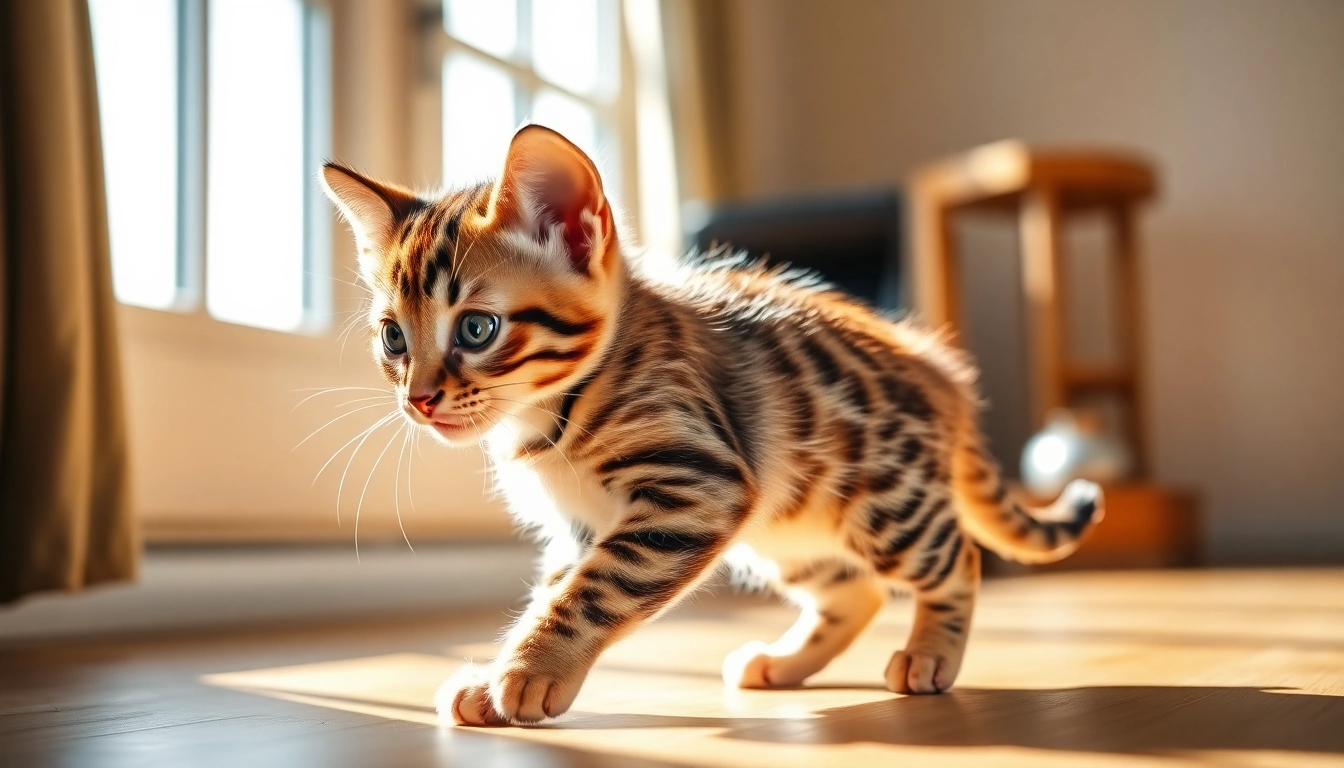
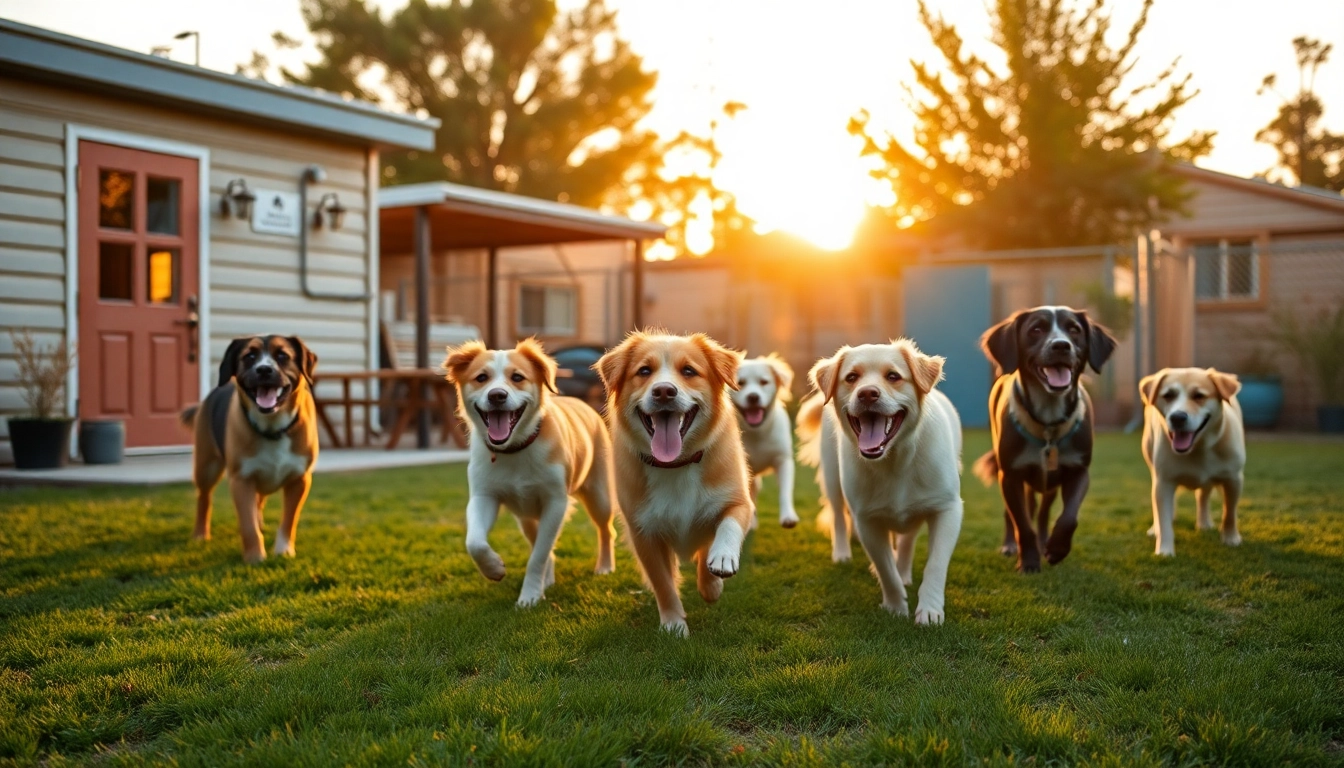
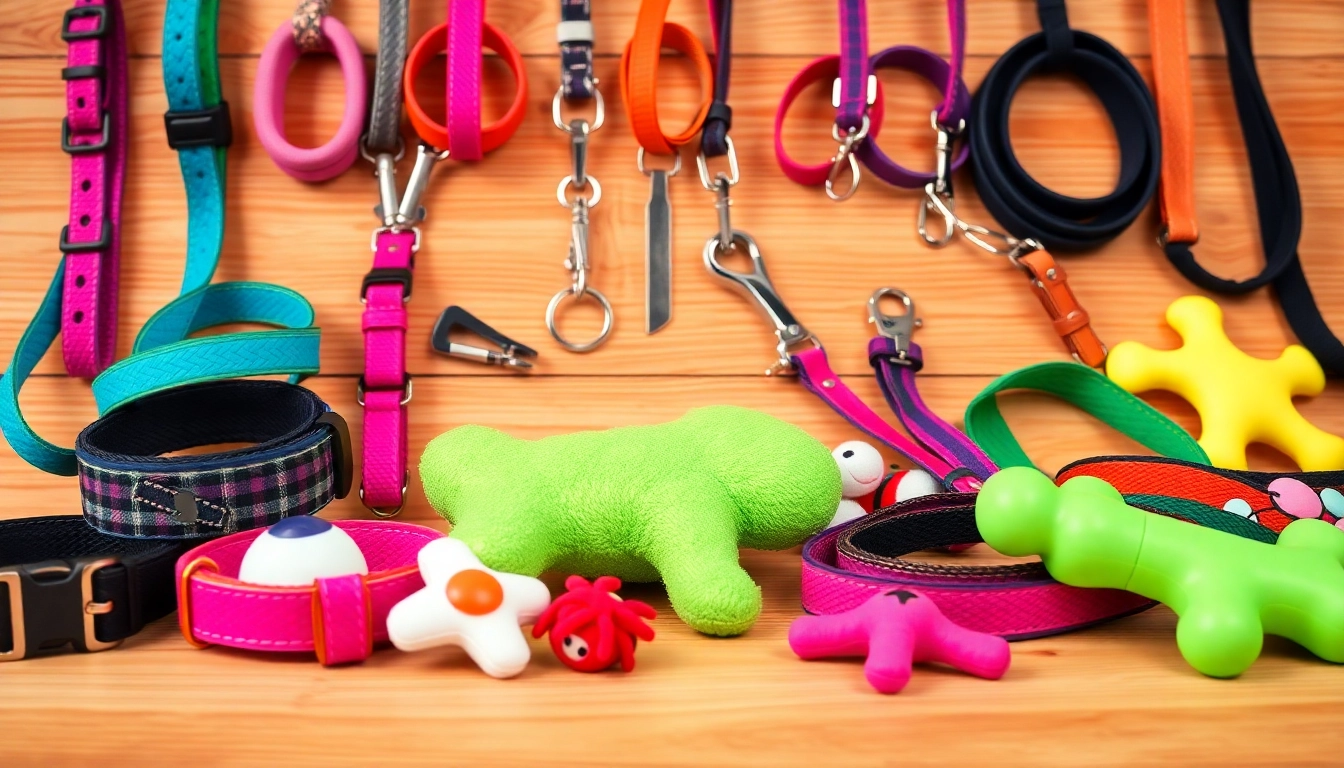




Leave a Reply